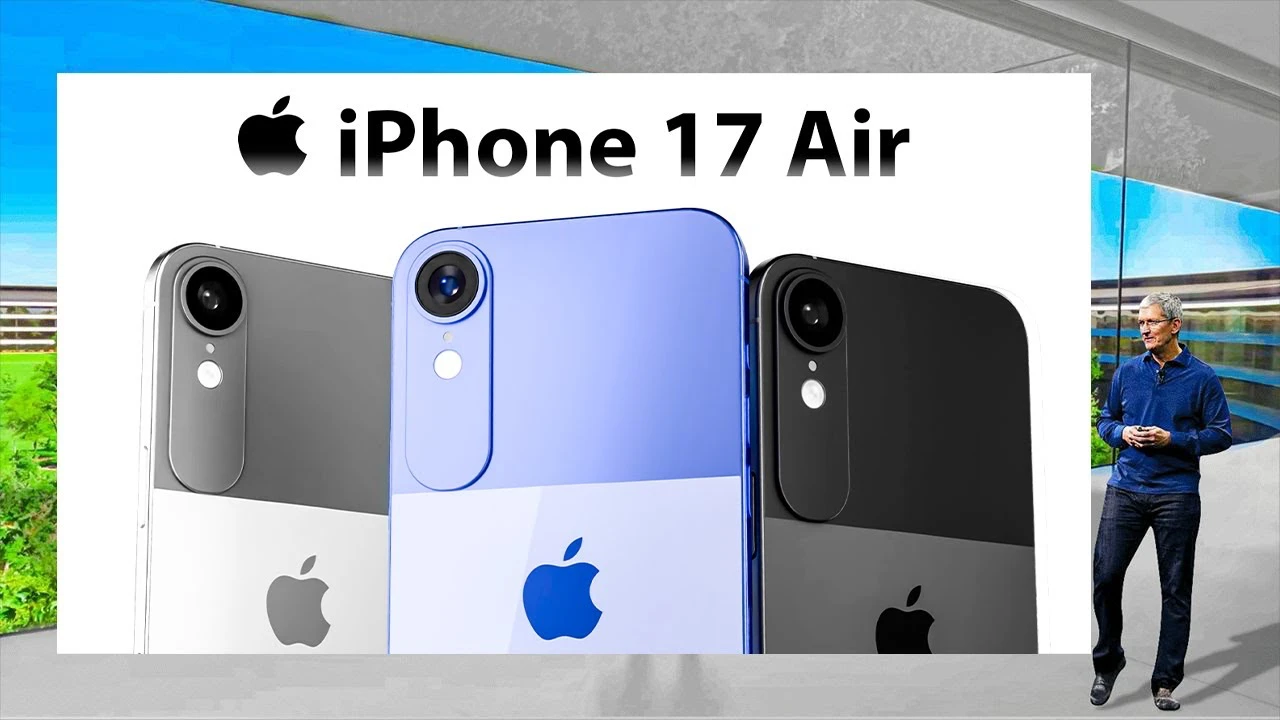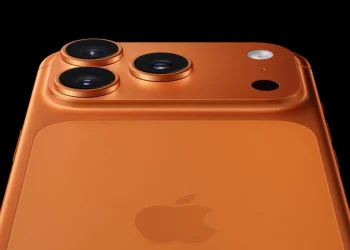Apple just confirmed what tech insiders have whispered about for months. The September 9 hardware event will bring the thinnest iPhone ever created, potentially ending the Plus model’s short-lived journey. Industry sources point to a device so slim it could make current smartphones look thick.
The upcoming iPhone 17 Air measures just 5.5mm thick, nearly half the width of today’s Pro Max models. This ultra-thin design represents Apple’s biggest smartphone shake-up since the original iPhone launch, with implications that stretch far beyond mere aesthetics.
iPhone 17 Air Replaces Plus Model With Record-Breaking Thinness
Apple plans to swap the iPhone Plus for an entirely new category. The iPhone 17 Air will feature a 6.6-inch display packed into a frame that’s almost impossibly thin at 5.5mm.
This thickness beats even the legendary iPhone 6, which measured 6.9mm and faced “bendgate” controversies. The Air’s engineering requires serious compromises, expect just one rear camera lens instead of the Plus model’s dual setup.
The device targets users who prioritize portability over camera versatility. Apple estimates the Air will weigh around 150 grams, making it significantly lighter than current models. The company positions this as a premium option priced at $950, sitting between the standard iPhone 17 and Pro models.
Samsung’s Galaxy S25 Edge measures 5.8mm thick, but Apple’s Air goes 0.3mm thinner. This micro-measurement battle shows how smartphone makers push engineering limits to capture consumer attention in saturated markets.
iPhone 17 Pro Ditches Titanium for Aluminum Design Overhaul
The Pro models receive their own dramatic changes. Apple replaces the current titanium frame with aluminum construction, reducing manufacturing costs while maintaining premium appeal. This material switch affects both weight distribution and pricing strategies
The camera system gets a complete redesign. Instead of the current square bump, the iPhone 17 Pro features a horizontal camera bar that stretches across the entire back width. This rectangular arrangement houses three lenses with improved spacing for better optical performance.
Production leaks show milled aluminum chassis components that confirm the material change. The switch from titanium to aluminum suggests Apple found ways to achieve similar strength with lighter, cheaper materials. This cost reduction could help maintain profit margins despite other expensive upgrades.
The Pro model starts at $1,050, but storage options shrink from four to three tiers: 256GB, 512GB, and 1TB. Apple eliminates the 128GB base option, forcing users toward higher-capacity purchases that boost average selling prices.
iPhone 17 Standard Model Gets Pro-Level Display Technology
The regular iPhone 17 borrows several Pro features that were previously exclusive to higher-end models. The device jumps from a 6.1-inch to 6.3-inch screen while adding 120Hz ProMotion display technology.
This marks the first time Apple includes high refresh rate displays in non-Pro iPhones. The 120Hz upgrade delivers smoother scrolling and improved responsiveness that matches competitor offerings in similar price ranges.
The front camera system doubles resolution to 24 megapixels, compared to the current 12MP setup. This improvement targets social media users who prioritize selfie quality and video calling performance.
New color options include purple and green variants, expanding beyond the traditional lineup. Apple typically introduces fresh colors to maintain visual distinction between iPhone generations and encourage upgrades.
Pricing remains competitive at around $800, matching current iPhone 16 levels despite significant hardware improvements. This pricing strategy helps Apple maintain market share against Android competitors offering similar features at lower costs.
Apple’s Three-Year iPhone Redesign Strategy Begins
The iPhone 17 series launches Apple’s most ambitious three-year hardware transformation plan. Bloomberg reports this represents the first phase of major redesigns culminating in a foldable iPhone by 2026.
This strategy suggests Apple prepares for fundamental changes in smartphone form factors. The ultra-thin Air model could serve as engineering practice for the flexible displays required in foldable devices.
Apple’s measured approach allows testing new technologies before committing to radical design changes.
Pre-orders begin September 12 with general availability starting September 19. These dates follow Apple’s traditional launch timeline and provide standard two-week preparation periods for retail partners and supply chains.
The September 9 event takes place at 10 a.m. PT from Apple Park.












